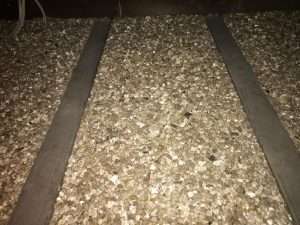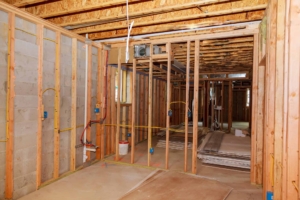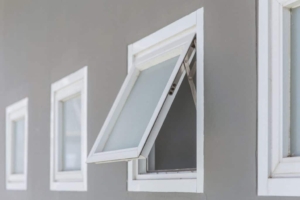What You Need to Know About Asbestos Insulation in Homes
Asbestos is a naturally occurring mineral that has been mined throughout the United States and used in construction materials since the late 1800s. While it has been largely phased out of production since the 1990s, homes built before this time may contain asbestos in roof shingles, flooring adhesives, and pipe insulation.
It is also one of the most common materials seen in attic and wall insulations. So what does asbestos insulation look like in attics? Let’s take a closer look.
What Does Asbestos Insulation Look Like?
When present in an attic or wall insulation, asbestos typically appears as loose material that looks like lumps, flakes, granules, or pebbles. There are two main types of asbestos insulation found in homes: loose fill and vermiculite. Loose fill is made up of loosely-bound fibers that can easily become airborne when disturbed.
Vermiculite is a mineral composed of tiny flakes with a honeycomb appearance that can be grayish brown to golden yellow in color. It tends to float when disturbed but can also become airborne if disturbed for long enough.
Potential Health Risks Associated with Asbestos Insulation Exposure
Inhaling or ingesting asbestos fibers can have serious health consequences including lung cancer and mesothelioma (a rare form of cancer). Because asbestos insulation often becomes airborne due to its loose nature, it’s important for homeowners to take any necessary steps to reduce exposure levels.
If you’re unsure about whether your home contains asbestos insulation or not, it’s best to contact a qualified home inspector who will be able to assess whether further testing is needed.
Zonolite insulation is one of the most well-known asbestos insulation products. It was created in the 1940s, but mass production did not start until the 1960s when W.R. Grace and Company took over the brand. Zonolite is a type of loose-fill insulation made with vermiculite that has been contaminated by asbestos fibers, and it was installed as attic insulation in millions of American homes.
Although Zonolite was never supposed to have asbestos, the vermiculite utilized in the product came from a Libby, Montana mine that was tainted with asbestos. The type of asbestos found in Zonolite is tremolite asbestos, which is known to cause disease at lower rates than other types of exposure.
An estimated 30 million homes may still have this insulation product lurking in their attics (this according to internal documents from both the U.S. Environmental Protection Agency and the Agency for Toxic Substances and Disease Registry).
Frequently Asked Questions
Is it safe to have asbestos insulation?
Asbestos is a toxic mineral fiber that, over many years, infrared photography has damages cells by causing scarring and inflammation. Asbestos insulation specifically is linked with the following diseases: Mesothelioma and lung cancer.
When did asbestos stop being used?
EPA banned the use of spray-applied surfacing asbestos-containing material for fireproofing/insulating purposes in 1973.
Conclusion
Thanks for reading this blog. I hope that it was helpful. If you want to learn more, visit asbestos.com. Asbestos insulation was commonly used in homes built before the 1990s, so if you own an older home or are considering buying one it’s important to understand what you might be dealing with and how to stay safe from potential health risks associated with exposure.
Knowing what asbestos insulation looks like—as well as understanding some basic information about its composition and health risks—can help you make informed decisions about your home and keep yourself safe along the way. Doing your research now could save you big problems down the road!
As always, if you have any questions please don’t hesitate to reach out to us. We would be happy to help clarify anything that may still be unclear.







Pingback: My Bathroom Vents into Attic, Is That Correct? (2023 Guide) - GGR Home Inspections
Pingback: Remove Attic Insulation – #1 Reasons Why – GGR Home Inspections